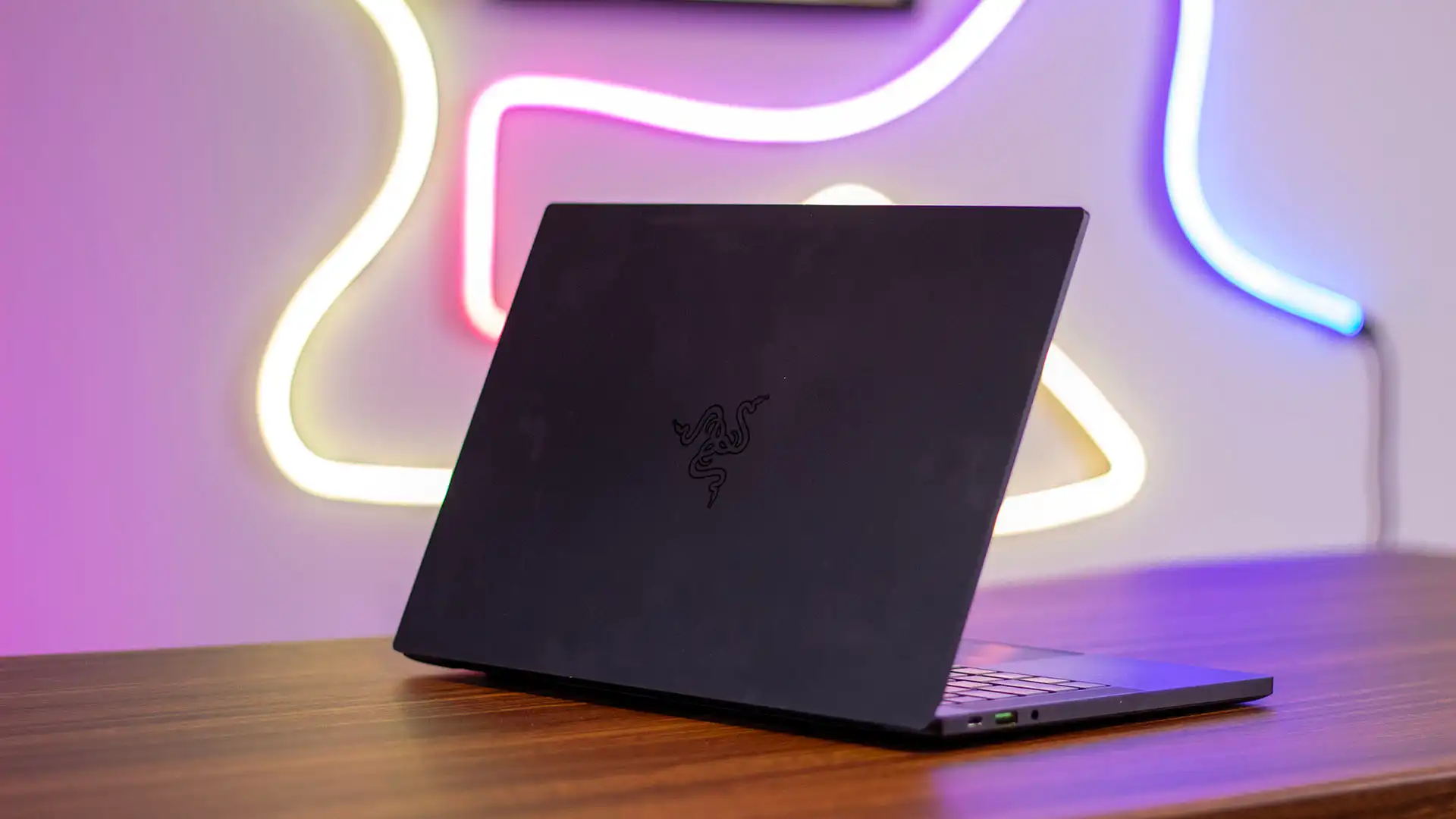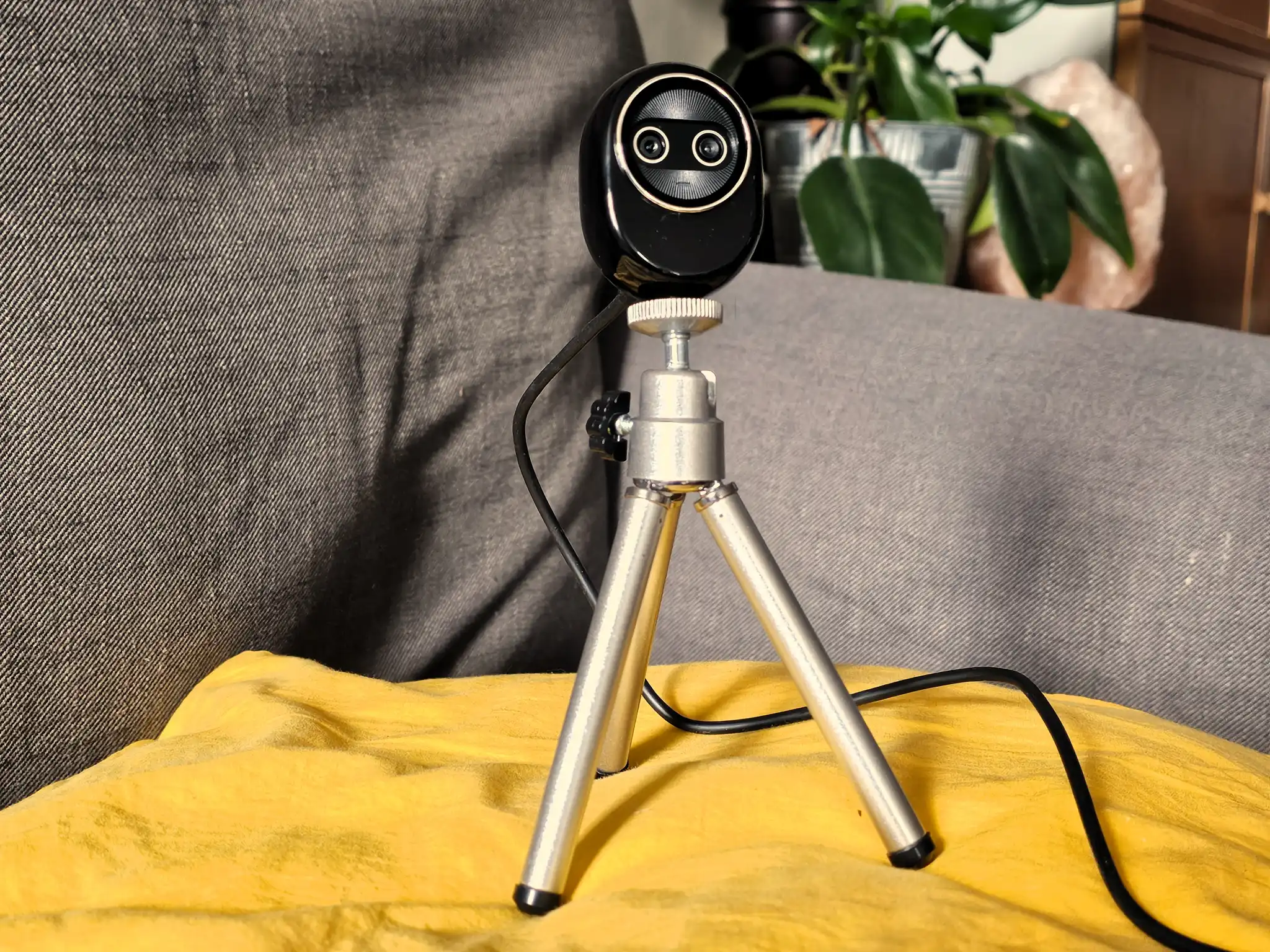What’s inside counts, but it’s not the only consideration.
Video editing can put quite a heavy burden on any computer. So, when shopping for a laptop for video editing, you’ll want to make sure you’re loading up on enough heavy hardware firepower to get the job done. While you might not need the absolute top-of-the-line gear, simply buying a gaming laptop and calling it a day is probably not going to cut it. Beyond just processor and graphics performance, serious video editors need to take into account a few things such as the quality of the display, port selection, and onboard storage capacity.
Why you should trust us: PCWorld has been covering PCs since 1983, and reviews more than 70 notebooks a year in our never-ending quest to find the best laptops. Our expert reviewers evaluate every machine using a combination of performance benchmarks and rigorous usability standards, with an eye toward identifying the best laptops for specific needs and at various price points. We also edit lots of videos ourselves, with the results appearing on PCWorld’s YouTube channel. Take a look at our top picks for video editing below, followed by buying advice and more details about our testing process.
If you’re on a budget or just looking to save some money, you may also want to check out our daily roundup of the best laptop deals to scope out any discounts on content creation notebooks.
Update July 26, 2024: We added the Dell Inspiron 16 Plus ($1,199.99) and the Lenovo Yoga Pro 9i ($1,699.99) as alternative options below. The Yoga Pro 9i has a sharper display than our Best Laptop for Video Editing (if you don’t need 4K) pick and the Inspiron 16 Plus has better battery life than our Best Budget Laptop for Video Editing pick. We’ve also taken the time to update our list of recent laptop reviews, so be sure to check those out near the bottom of the page!
The best laptops for video editing
Dell XPS 17 (2023) – Best laptop for video editing

Pros
- Expansive 17-inch 16:10 display
- Thin chassis
- Incredible battery life
Cons
- Expensive
- 720p webcam
Why we like the Dell XPS 17 (2023)
The Dell XPS 17 (2023) is a fantastic laptop for content creation because it has a gigantic display and a good amount of graphics firepower. The OLED touch display, which measures a massive 17-inches, features a crystal clear resolution of 3840×2400 and a maximum brightness of 550 nits. It’s perfect for media editing, multitasking, and so much more. The machine is also powered by an Intel Core i7-13700H CPU and an Nvidia GeForce RTX 4070, which means it’s more than capable of handling any video editing you throw at it. The specific configuration we reviewed will cost you well over $3,000, so it’s likely not a viable option for the budget-conscious, but if your time is money, the Dell XPS 17 is money very well spent.
Who should buy the Dell XPS 17 (2023)
We feel the Dell XPS 17 is a phenomenal option for serious or professional video editors. The 4K screen is divine and it has the perfect amount of horsepower as far as internal components go. It also includes an SD card reader and multiple Thunderbolt 4 ports for quickly offloading videos or photos. Finally, the Dell XPS 17 can run up to 11 hours on a single charge, eliminating the need to go outlet hunting. Although we would’ve liked to have seen this model with an OLED screen, it’s still a top-notch pick.
Samsung Galaxy Book4 Ultra – Best laptop for video editing (if you don’t need 4K)
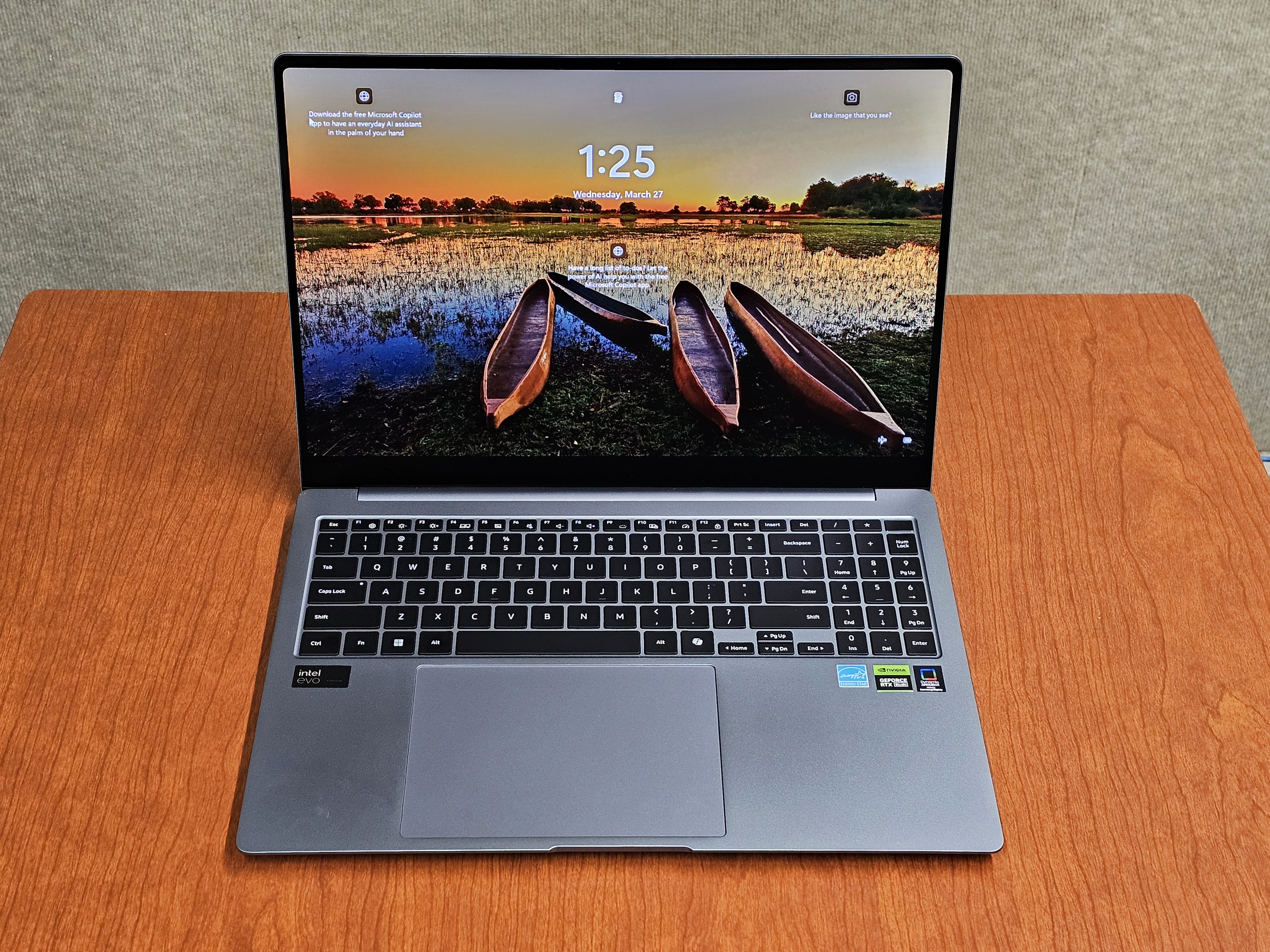
Pros
- Fantastic battery life
- Solid GPU performance
- Gorgeous OLED screen that can be used outdoors
- Great audio
- AI-powered Core Ultra inside
Cons
- Chargers keep getting bigger
- Still not a great keyboard
Why we like the Samsung Galaxy Book4 Ultra
The Samsung Galaxy Book4 Ultra offers powerful performance as well as a gorgeous OLED display. Thanks to the Intel Core Ultra 9 185H CPU and the Nvidia GeForce RTX 4070 GPU, it’s well equipped to handle any video editing task you throw at it. Plus, the 16-inch OLED display has a resolution of 2880×1800 and a refresh rate of 120Hz–so you can expect a crisp-looking picture with rich colors. Sure, it’s not 4K, but it’s still a fantastic screen for content creation. Battery life is absolutely absurd, too. This machine lasted a whopping 18 hours and 54 minutes on a single charge. Wall outlet? Who is she?
Who should buy the Samsung Galaxy Book4 Ultra
Anyone looking for a powerful, long-lasting laptop and doesn’t need to edit 4K videos. In addition to the stunning OLED display and the long battery life, the audio is also quite punchy, sounding great up and down the audio range. If you switch on the Dolby Atmos feature, you’ll hear even richer sound. Though content creators may not necessarily need good audio (or likely use dedicated headphones), it’s still a nice perk.
Alternative option: The Lenovo Yoga Pro 9i ($1,699.99) is another great laptop to consider. It comes decked out with a 16-inch 3200×2000 165Hz refresh rate display, 32GB of RAM, and tons of ports (including an SD card reader). Compared to our current pick, the Yoga Pro 9i has a sharper screen with a faster refresh rate. That said, it only managed nine hours on a single charge. It’s an acceptable result, but it’s nothing like the Samsung Galaxy Book4 Ultra’s 18 hours and 54 minutes.
Asus TUF Gaming A16 Advantage Edition – Best budget laptop for video editing
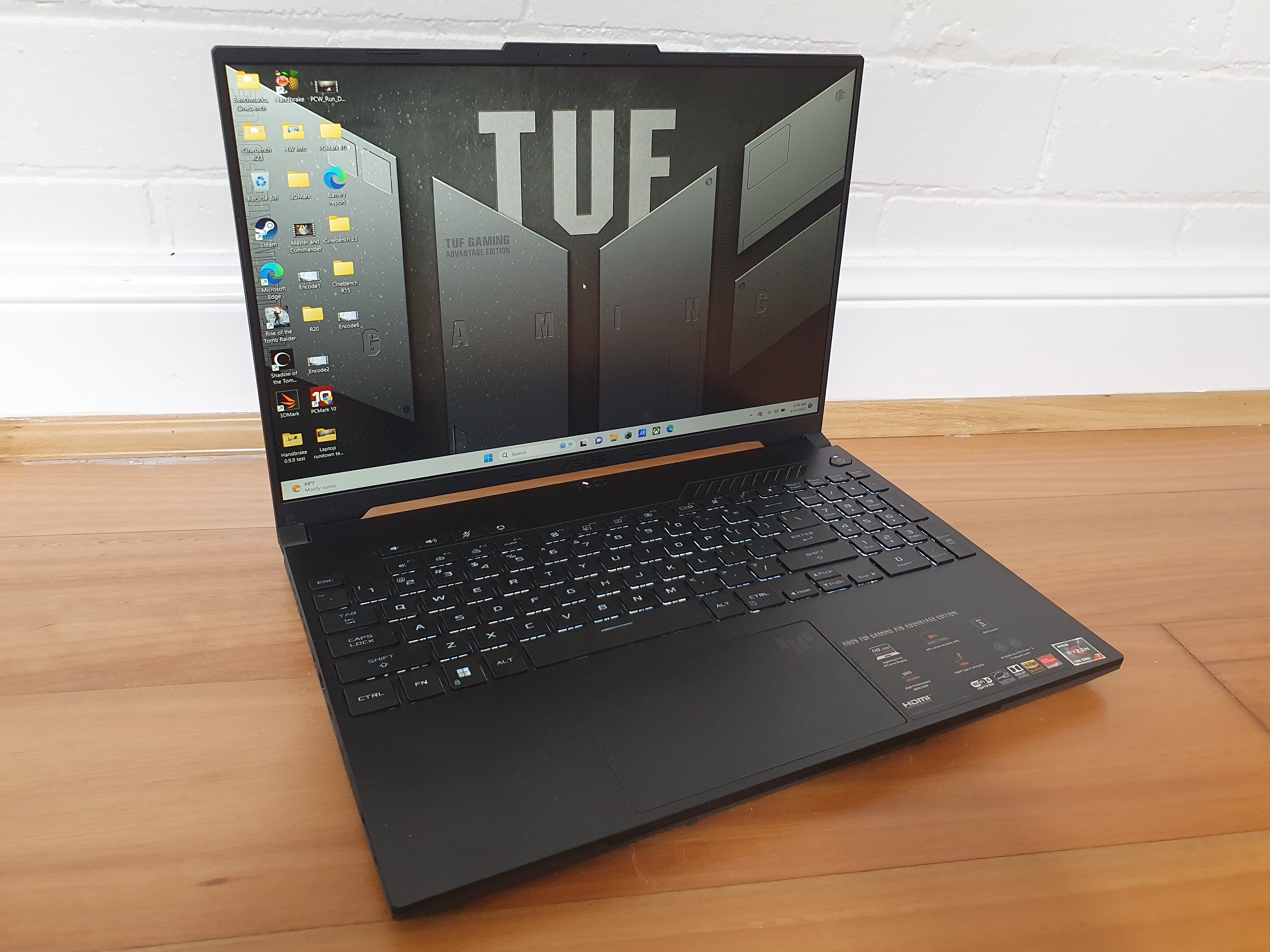
Pros
- All-day battery life
- Stunning display
- Durable build
Cons
- 720p webcam
- Keys feel too soft
Why we like the Asus TUF Gaming A16 Advantage Edition
The Asus TUF Gaming A16 Advantage Edition is a good option for those on a tight budget, as it ticks off all of the right boxes for a sub-$1,000 machine. For one, colors appear rich and varied on the 16-inch 1200p FHD display. Sure, it’s not 4K, but it’s still a good screen–our reviewer was surprised by the “depth of the blacks and greys.” As for internals, the AMD Radeon RX 7600S GPU and the AMD Ryzen 7 7735HS CPU should blitz right through graphically demanding tasks like video editing. It also lasted a whopping 11 hours on a single charge, which is shocking for a gaming laptop.
Who should buy the Asus TUF Gaming A16 Advantage Edition
Anyone who’s looking to save money on a capable and long-lasting laptop. You don’t have to go outlet hunting because of the long battery life and the 1200p display offers nothing but stunning visuals. While the keys feel a bit mushy and the 720p webcam won’t be doing you any favors on video calls, we feel as though the pros far outweigh the cons, especially given the reasonable price point.
Alternative option: If you’re willing to spend a bit more for a shaper display and longer battery life, the Dell Inspiron 16 Plus ($1,199.99) is definitely worth picking up. The 16-inch 260×1600 IPS display has a 120Hz refresh rate and the massive 90 watt-hour battery lasted just over 17 hours on a single charge, which is nothing to sneeze at. However, it does cost more than our current pick, so it may not be the best option for the budget-conscious buyer.
Apple MacBook Pro (M3, Pro) – Best MacBook for video editing
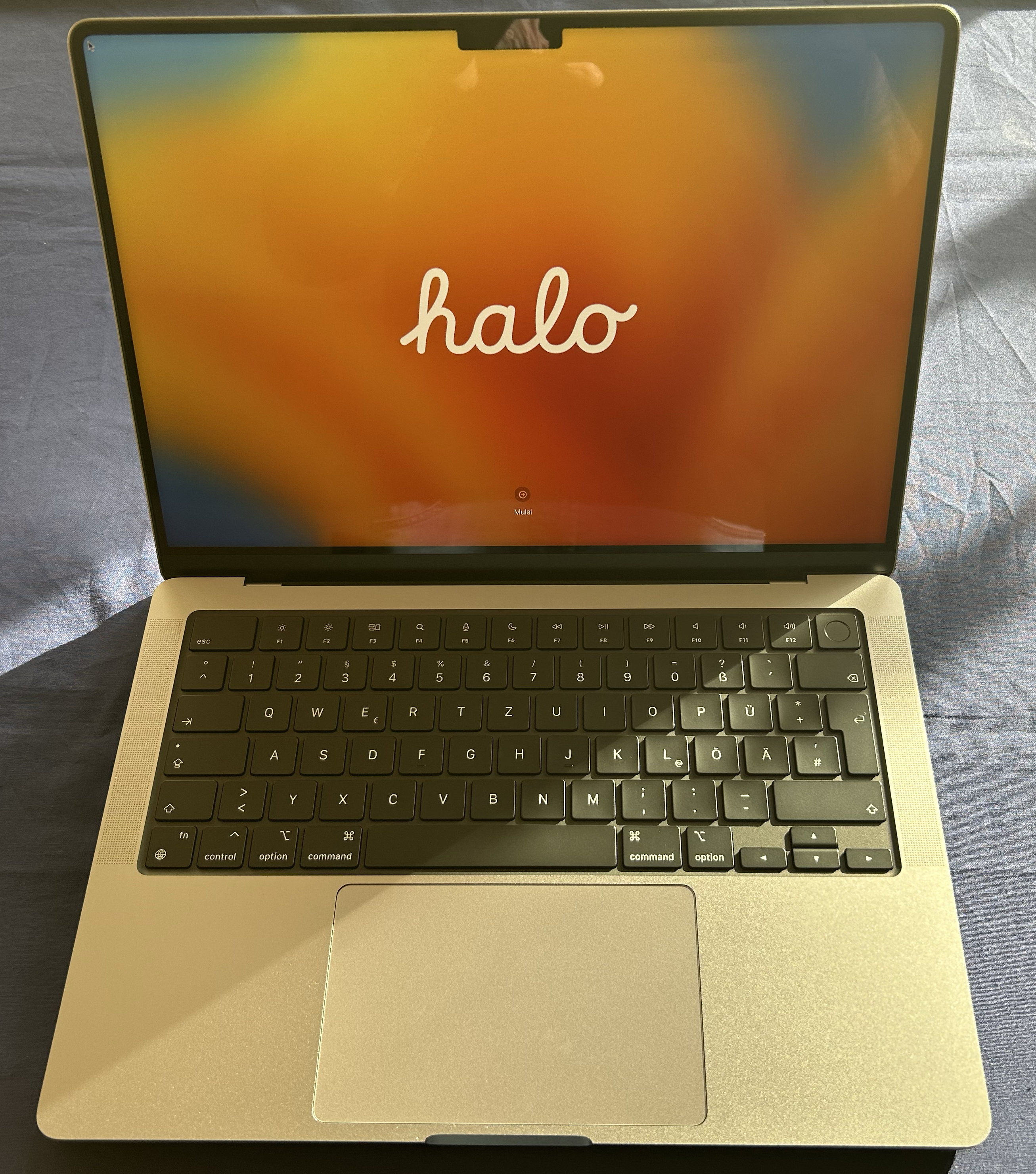
Pros
- Good performance
- 18GB of RAM
- Runs quiet
Cons
- Low performance advantage over M2 Pro
Why we like the Apple MacBook Pro (M3, Pro)
The Apple MacBook Pro (M3, Pro) will kick you in the teeth with its power (in the best way possible). Inside, you’ll find a 14-core GPU as well as 18GB of RAM and 512GB of SSD storage. That amount of RAM will keep things running nice and smooth while the beefy GPU will chew right through any intense edits, though intense video editors will want to upgrade to a model with more storage or invest in an external SSD for added capacity. The 14.2-inch Liquid Retina XDR display also has a ridiculously high resolution of 3024×1964, so editing should be a delightful experience. It even comes with three Thunderbolt 4 ports for speedy data transfers.
Who should buy the Apple MacBook Pro (M3, Pro)
Anyone who prefers Apple’s ecosystem. This configuration shows a 44 percent increase in performance (according to Geekbench’s Compute Metal test) compared to the M3 (sans Pro) model. You’ll also be able to see every detail of your photo or video editing work thanks to the gorgeous Liquid Retina XDR display. Battery life isn’t too shabby, either. The M3 Pro MacBook Pro will last you over ten hours on a single charge, which is more than a full work day.
Alternative option: If you’re looking for a bigger screen, then you should check out the MacBook Pro, M2 Pro. The Liquid Retina XDR display measures 16.2-inches and has a resolution of 3456×2234, so visuals should be sharp as knives. The M2 Pro also comes loaded with a powerful 19-core GPU.
Asus ROG Zephyrus G14 – Best ultraportable laptop for video editing

Pros
- Very light and compact design
- Excellent performance for its size
- Robust build
- Visually stunning display
Cons
- Keys feel soft and mushy
- The webcam isn’t the best quality
- The downward facing woofers sometimes sound muddy
Why we like the Asus ROG Zephyrus G14
The Asus ROG Zephyrus G14 is “exceptionally sleek and compact,” according to our comprehensive review. Not only does it tip the scales at just 3.31 pounds, but you can easily pick it up with an index finger and a thumb. The slim form factor is impressive given the hardware inside, which consists of an AMD Ryzen 9 8945HS CPU and an Nvidia GeForce RTX 4060 GPU. That means it’s powerful enough to handle editing photos in Adobe Photoshop and playing games with the graphics turned up. The connectivity options are also quite good and the OLED screen has a high resolution of 2880×1800. It’s not 4K, but you can still expect a sharp picture. The port selection includes two USB-A 3.2 Gen 2, one USB-C 3.2 Gen 2, one USB-C 4, one HDMI, one 3.5mm combo jack, and one microSD card reader.
Who should buy the Asus ROG Zephyrus G14
Anyone that likes to work on-the-go. In addition to its slim form factor, it’s also quite tough with “premium CNC-milled aluminum alloy” throughout the chassis. It even achieved impressive frame rates in a couple of modern games. In fact, it managed 133 frames-per-second during the Shadow of the Tomb Raider benchmark and 101 frames-per-second during Rise of the Tomb Raider benchmark, which is newer and more demanding. If you’re looking for reliable gaming performance in a tiny package, look no further than the Asus ROG Zephyrus G14.
Recent laptop reviews
- Asus Vivobook S 15: The Asus Vivobook S 15 is a competent entry into the Copilot Plus PC arena, but one that struggles to stand out from the alternatives.
- Acer Swift Edge 16: Acer’s Swift Edge 16’s low weight and good performance makes it a solid travel companion, though a small battery holds it back.
- Samsung Galaxy Book4 Edge: The Samsung Galaxy Book4 Edge is an excellent Snapdragon X Elite-powered PC with a beautiful display, long battery life, and great build quality. But you’re paying extra for high-end Snapdragon X Elite hardware on the 16-inch model, and it doesn’t deliver the big performance bump you might expect.
- Lenovo ThinkBook 14 2-in-1: The Lenovo ThinkBook 14 2-in-1 Gen 4 offers solid performance and a great value for anyone who needs a laptop to get work done.
- MSI Raider 18 HX: The MSI Raider 18 HX boasts a humongous screen as well as all the ports you could imagine, but the windy roar of the fans combined with the high price tag may deter some folks.
How we tested
The PCWorld team puts each and every Windows laptop through a series of benchmarks that test GPU and CPU performance, battery life, and so on. The idea is to push the laptop to its limits and then compare it against others we’ve tested. Chromebooks, on the other hand, go through a series of web-based tests. It wouldn’t be fair or possible to run the same kinds of tests on a Chromebook, as they’re Chrome OS-based machines.
Below, you’ll find a breakdown of each test and the reasons why we run them. For a much deeper look at our review methodology, check out how PCWorld tests laptops.
Windows laptops
- PCMark 10: PCMark 10 is how we determine how well the laptop handles lighter tasks like web browsing, word processing, spreadsheets, and so on.
- HandBrake: HandBrake is more intensive than PCMark 10. It basically measures how long a laptop’s CPU takes to encode a beefy 30GB file.
- Cinebench: Cinebench is a brief stress test of the CPU cores. It does this by rendering a 2D scene over a short period of time.
- 3DMark: 3DMark checks if 3D performance remains consistent over time by running graphic-intensive clips.
- Video rundown test: To gauge battery life, we loop a 4K video using Windows 10’s Movies & TV app until the laptop dies.
FAQ
What should I look for in a laptop for video editing?
The first thing to look for in a laptop for video editing is its CPU and GPU. The faster your hardware, the faster your edits.
If your workload is primarily CPU-driven, we’d recommend springing for the Intel Core i7 or the Intel Core i9. HX is designed for raw horsepower, which id deal for gaming and content creation, and the Ultra is built around power efficiency. For a more in-depth look at the difference between the two processors, we’ve done a thorough compare and contrast piece that really lays it all out. For those on a strict budget, you can get by with an Intel Core i5, but it’s going to be slower.
You probably won’t need a dedicated graphics card everyday video editing, but if you work on motion graphics, then the extra firepower really comes in handy. For most video editing projects, we’d suggest the Nvidia GeForce RTX 4070 or higher, though having any RTX GPU onboard can help accelerate some specific workloads. For those who prefer AMD over Nvidia, we’d recommend the AMD Radeon RX 7600S or higher. Unless you’re looking to play AAA games on the side, you don’t really need the best graphics card out there. A mid-range GPU will serve most people.
Another thing to consider is storage size. A 4K video, for example, will require more storage space than a 1080p video. In other words, you’re going to need quite a bit of storage, otherwise your laptop might get too bogged down. For those who work with 4K resolution, you should go for at least 1TB of SSD or higher. You could probably get by with just 512GB of SSD storage, but you’ll probably need to keep offloading files onto an external storage device.
RAM is important too, as it determines how fast your laptop will generally run. Video editors tend to work with large files, which can cause your laptop to slow down. That’s why we’d recommend at least 16GB of RAM. However, if you’re editing 4K video, you’ll definitely want 32GB of RAM or more. More RAM reduces the likelihood of bottlenecks, which can be a real pain in the neck when you’re in the middle of an important edit.
What kind of display should I get?
You’re going to want a display that’s both bright and color accurate. For example, a display that’s close to 100 percent of the sRGB spectrum is ideal. While a 4K display isn’t necessary, we’d strongly recommend it for serious video editing. A high resolution display will produce sharper images, which helps reduce eye strain, and allow you to edit 4K video at full resolution. A larger screen like a 15- or 17-inch is preferable as well, as it provides better visibility for editing.
What do the experts recommend?
PCWorld video director Adam Patrick Murray stresses that an ideal laptop for video editing includes an SD card reader for grabbing video off of a camera. He also recommends opting for a notebook with a 4K, 60Hz panel over the ultra-fast 1080p panels often found on gaming laptops that would otherwise be ideal for video editing. You need a 4K panel to edit 4K videos well and blazing-fast refresh rates don’t mean anything for video editing like they do for gaming. If color accuracy matters to you—it might not if you’re only creating casual videos for your personal YouTube channel, for example—then support for the full DCI-P3 color gamut is also a must along with Delta E < 2 color accuracy.
You won’t often find those sorts of specs listed for (or supported by) gaming laptops, but dedicated content creation laptops should include that information. That said, if you want the fastest possible laptop for video editing that can also satisfy your gaming proclivities, you can always pair that burly gaming laptop with a color-accurate external monitor for creation tasks.

